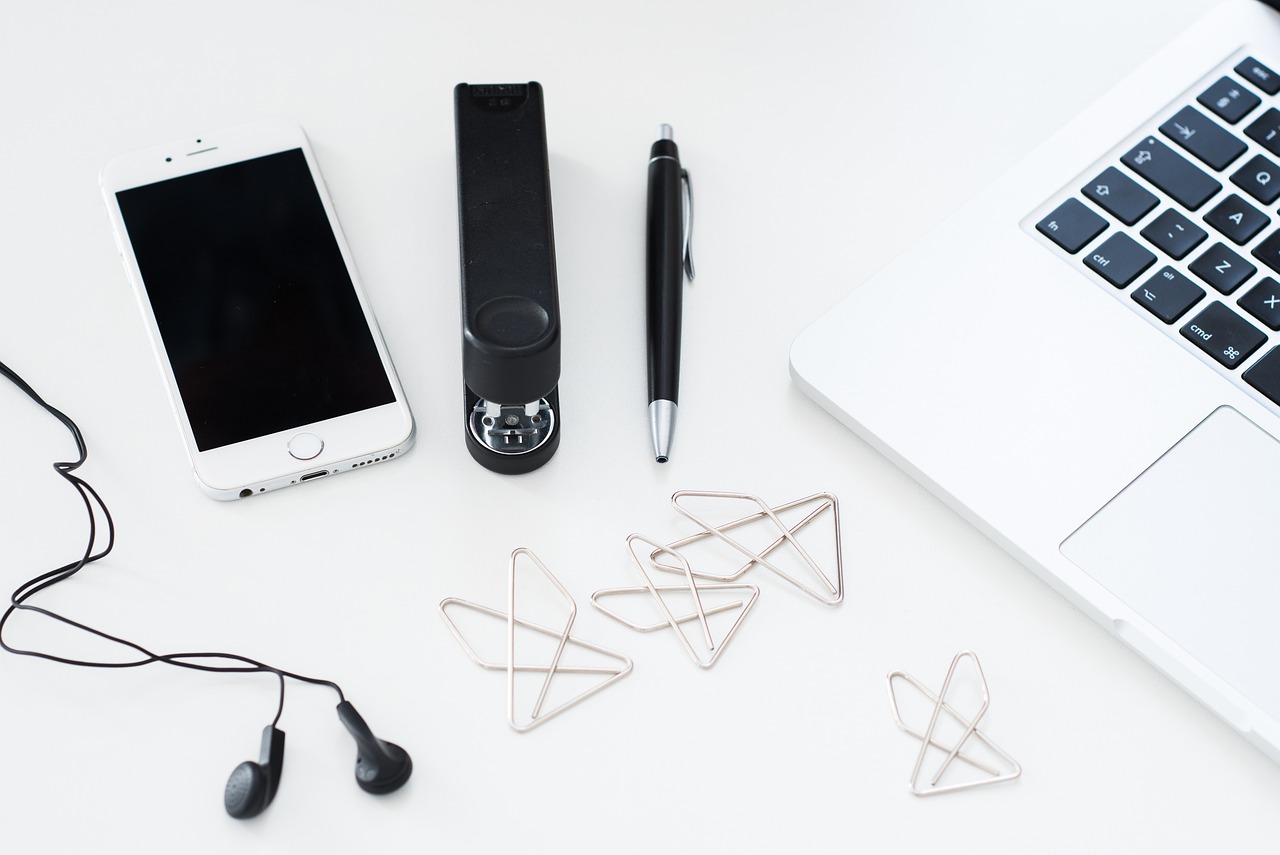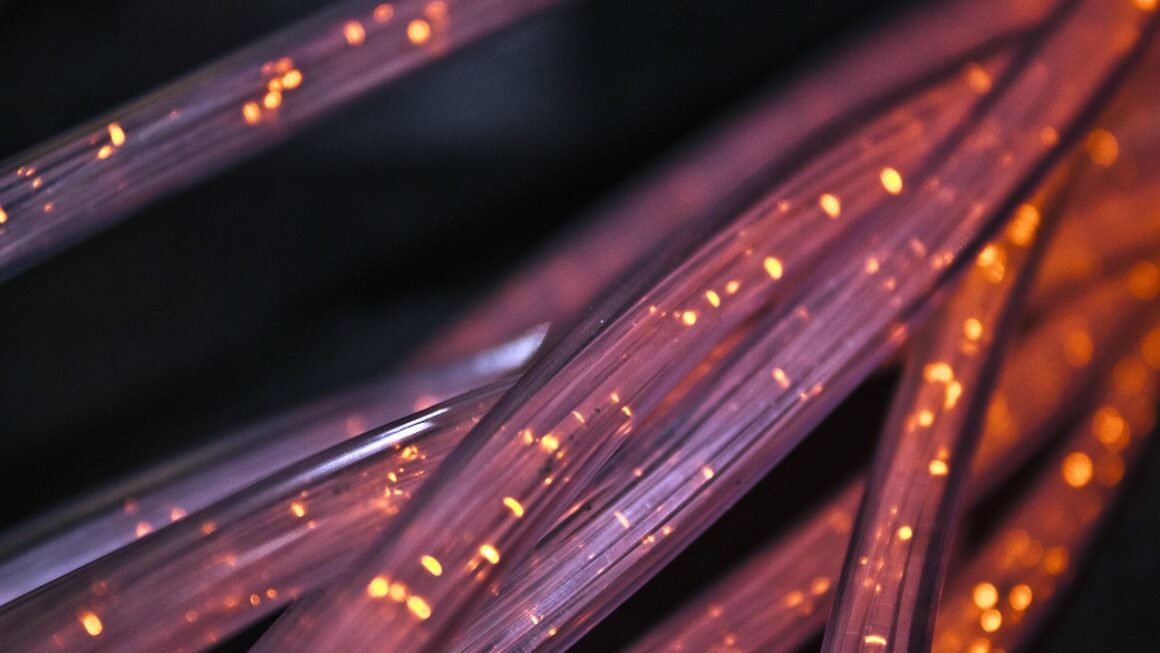Cooking is an art, a science, and a daily necessity, and the right tools can make all the difference between a culinary triumph and a kitchen catastrophe. From simple spatulas to sophisticated smart ovens, the world of cooking devices is vast and constantly evolving. Choosing the right appliances and utensils can elevate your cooking experience, save you time, and even inspire you to try new recipes. This comprehensive guide explores essential cooking devices, helping you equip your kitchen for success.
Essential Cooking Appliances
A well-equipped kitchen starts with the right appliances. These cornerstone devices are the foundation for countless dishes and cooking techniques.
Ovens: The Heart of Baking and Roasting
The oven is arguably the most versatile appliance in the kitchen.
- Types of Ovens:
Conventional Ovens: Utilize heating elements to bake and roast.
Convection Ovens: Employ a fan to circulate hot air, resulting in faster and more even cooking. Example: Roasting a chicken in a convection oven results in crispier skin and more evenly cooked meat.
Toaster Ovens: Smaller ovens ideal for toasting, baking small batches, or reheating. Example: Perfect for making quick pizzas or reheating leftovers.
Smart Ovens: Offer features like pre-programmed settings, remote control via smartphone, and even integrated cameras to monitor your cooking progress.
- Benefits of Owning a Quality Oven:
Even cooking temperatures for consistent results.
Precise temperature control for delicate dishes.
Versatility for baking, roasting, and broiling.
Cooktops: Versatility in Every Kitchen
Cooktops come in various forms, each offering unique advantages.
- Types of Cooktops:
Gas Cooktops: Provide responsive heat control and visual feedback. Example: Ideal for stir-frying and achieving high-heat searing.
Electric Cooktops: Offer a smooth, easy-to-clean surface. Example: Can be more energy-efficient than gas, depending on the model.
Induction Cooktops: Use electromagnetic energy to heat cookware directly, offering rapid heating and precise temperature control. Example: Boils water faster than any other type of cooktop and is very energy efficient.
- Factors to Consider When Choosing a Cooktop:
Heating speed and responsiveness.
Ease of cleaning.
Energy efficiency.
Compatibility with your cookware.
Blenders and Food Processors: Power Tools for the Culinary Arts
These appliances are essential for preparing sauces, soups, and various other dishes.
- Blenders: Ideal for smoothies, soups, sauces, and purees.
- Food Processors: Excel at chopping, slicing, shredding, and kneading dough. Example: Quickly prepare coleslaw or shred cheese for a casserole.
- Key Features to Look For:
Powerful motor for efficient processing.
Durable blades for longevity.
Multiple speed settings for versatility.
Easy-to-clean design.
Small Appliances, Big Impact
Beyond the main appliances, a variety of smaller devices can significantly enhance your cooking experience.
Multi-Cookers: The All-in-One Solution
Multi-cookers, like Instant Pots, are versatile appliances that can pressure cook, slow cook, steam, sauté, and more.
- Benefits of Using a Multi-Cooker:
Saves time by combining multiple cooking functions.
Reduces clutter by replacing several appliances.
Ideal for preparing one-pot meals. Example: Prepare chili, soups, or stews in a fraction of the time compared to traditional methods.
Air Fryers: Healthier Frying Options
Air fryers use hot air circulation to cook food with minimal oil, offering a healthier alternative to deep frying.
- Advantages of Air Frying:
Reduces fat content in food.
Cooks food quickly and evenly.
Easy to clean. Example: Perfect for preparing crispy French fries, chicken wings, or vegetables with a fraction of the oil.
Stand Mixers: A Baker’s Best Friend
Stand mixers are powerful appliances that make baking a breeze.
- Uses of a Stand Mixer:
Kneading dough for bread and pizza.
Whisking egg whites for meringues.
Creaming butter and sugar for cookies and cakes.
- Features to Consider:
Powerful motor.
Multiple attachments for various tasks.
Sturdy construction for durability.
Essential Kitchen Utensils and Tools
No kitchen is complete without the right utensils.
Knives: Precision and Safety
A good set of knives is crucial for efficient food preparation.
- Essential Knives:
Chef’s Knife: A versatile knife for chopping, slicing, and dicing.
Paring Knife: Ideal for peeling fruits and vegetables.
Serrated Knife: Perfect for slicing bread and tomatoes.
- Maintaining Your Knives:
Sharpen regularly to maintain a sharp edge.
Store knives safely to prevent accidents.
Measuring Tools: Accuracy is Key
Precise measurements are essential for consistent cooking and baking results.
- Essential Measuring Tools:
Measuring Cups: For dry and liquid ingredients.
Measuring Spoons: For small quantities of spices and extracts.
Kitchen Scale: For precise measurements, especially in baking.
Cooking Spoons and Spatulas: Stirring and Serving
These tools are essential for stirring, flipping, and serving food.
- Types of Spoons and Spatulas:
Wooden Spoons: Gentle on cookware and heat-resistant.
Silicone Spatulas: Flexible and heat-resistant, ideal for scraping bowls.
Slotted Spoons: For draining liquids.
Smart Cooking Devices: The Future of the Kitchen
Technology is transforming the kitchen, with smart devices offering innovative features and conveniences.
Smart Ovens and Cooktops: Connected Cooking
These appliances allow you to control and monitor your cooking remotely via your smartphone.
- Features of Smart Ovens and Cooktops:
Remote preheating and temperature control.
Built-in recipe guides and cooking programs.
Voice control integration.
Smart Scales and Thermometers: Precision at Your Fingertips
Smart scales and thermometers provide precise measurements and real-time feedback, ensuring perfect results every time.
- Benefits of Using Smart Scales and Thermometers:
Accurate ingredient measurements.
Real-time temperature monitoring.
* Integration with smartphone apps for tracking cooking progress.
Maintaining Your Cooking Devices
Proper maintenance ensures the longevity and performance of your cooking devices.
Cleaning and Storage Tips
- Regular Cleaning: Clean appliances and utensils after each use to prevent buildup and maintain hygiene.
- Proper Storage: Store appliances in a dry and safe place to prevent damage.
- Descaling: Descale kettles and coffee makers regularly to remove mineral deposits.
Repair and Replacement
- Repairing vs. Replacing: Consider repairing appliances if the cost is reasonable and the appliance is not too old.
- Warranty: Check the warranty on your appliances before attempting any repairs yourself.
Conclusion
Choosing the right cooking devices can significantly enhance your culinary experience and make cooking more enjoyable and efficient. From essential appliances like ovens and cooktops to smaller devices like multi-cookers and air fryers, each tool plays a vital role in creating delicious meals. By understanding the features, benefits, and maintenance requirements of different cooking devices, you can equip your kitchen for success and unleash your culinary potential.




